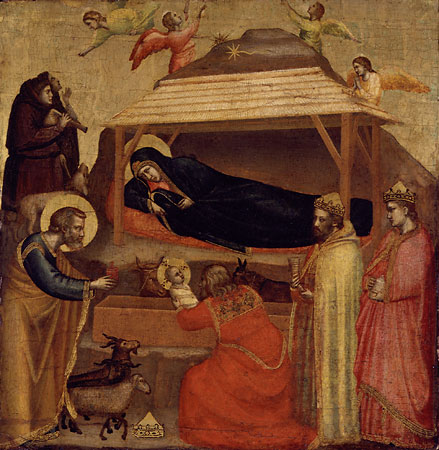Christian art of the first millennium deserves to be better known and better appreciated – that is the simple driving idea behind Art for Eternity, a three-part television series for BBC4, scheduled for transmission a few weeks from now. When I was commissioned to write and present the series, earlier this year, I felt both daunted and excited. It would be a challenge to make three hours of television about an area of art history on which I had rarely written and was (to put it mildly) less than expert. But it was also a great opportunity to experience at first-hand numerous extraordinary works of art about which I had read or heard, but had never actually seen.
The two principal series that I had made previously for the BBC – A History of British Art (1994) and Renaissance (1999) – had both taken the Christian art of the late Middle Ages as their starting point. The aim of this new series was to treat that, instead, as an end point, and in doing so to celebrate the interwoven traditions of earlier Christian art in their own right – rather than seeing them (as they are so often viewed) as mere preludes to the glory of Renaissance and later Western art. Much of the art that is explored will be unfamiliar to a British audience, partly because Britain’s greatest repository of the great traditions of Christian painting, the National Gallery, itself starts with the art of the early Renaissance. Art for Eternity is a necessarily modest attempt to reveal the splendour and beauty of what came before – a kind of odyssey to the origins of Christian art.
The journey of the series – which runs, broadly speaking, from the third century AD to the early years of the...

The Art of Eternity: The Genius of Early Christian Art
24-12-2006

